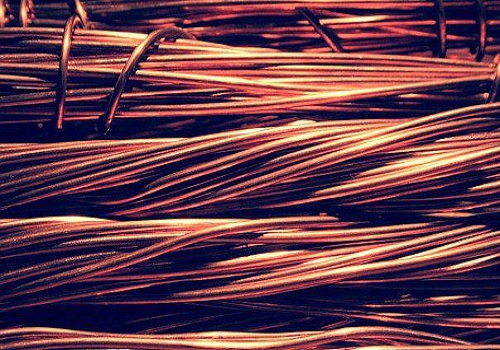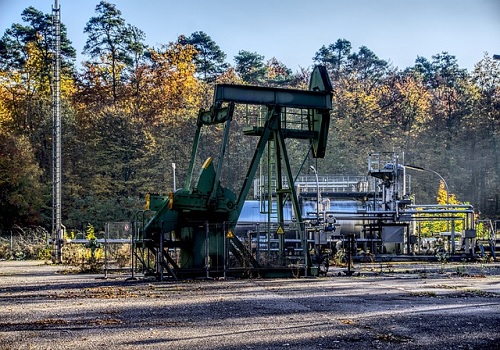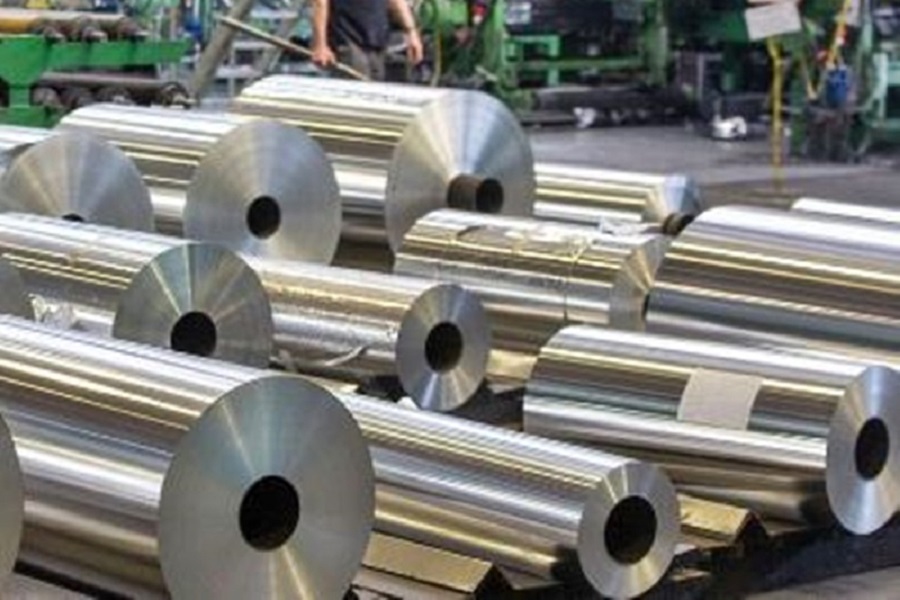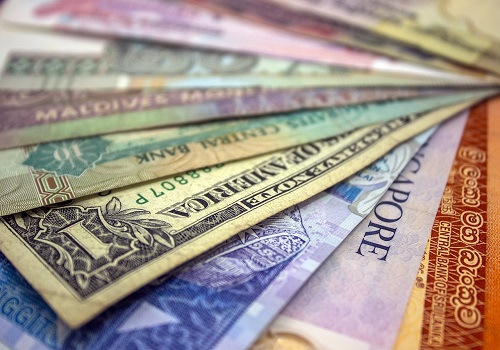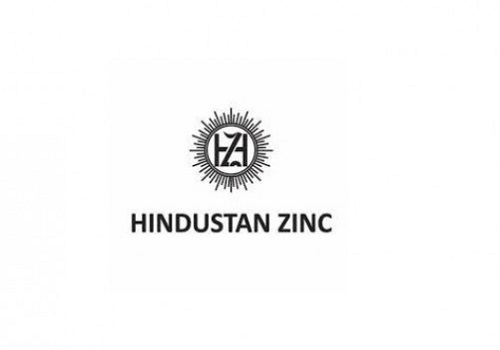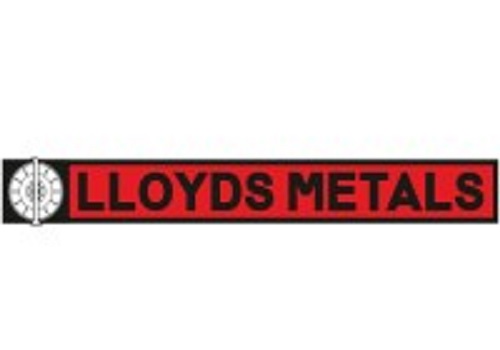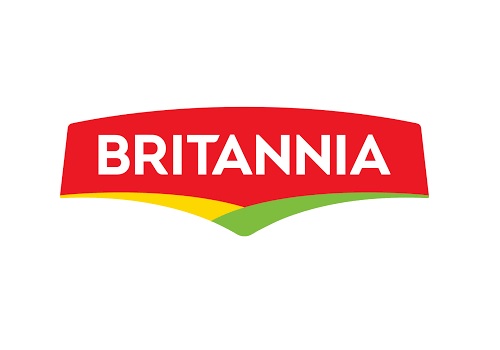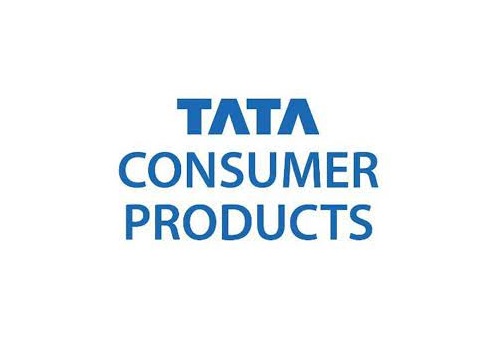Buy Petronet LNG Ltd for the Target Rs.390 by Emkay Global Financial Services Ltd
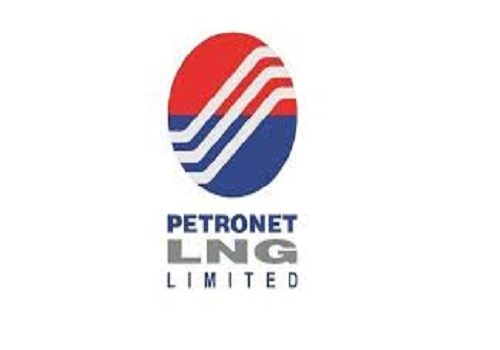
PLNG reported Q1FY26 standalone adjusted EBITDA/APAT of Rs13.0/9.5bn – beating our estimates by 10%/12%, owing to better-than-expected volume. Dahej utilization in Q1 improved QoQ to 93% (6% beat), while Kochi was weaker at 21%, albeit higher than our estimate by 2%. There were no spot volumes at either terminal in Q1FY26. Dahej capacity expansion is slightly delayed due to the monsoons and geopolitical turmoil, and is now expected by CY25-end; on the other hand, petchem and jetty projects are advancing as scheduled. The Board has given in-principle approval for a 5mmtpa land-based terminal in Gopalpur, with Rs63.5bn capex and an estimated construction timeline of over three years. The management remains upbeat about India’s gas outlook, and significant liquefaction capacities globally would lead to attractive spot pricing in the medium term. We cut FY26E/27E EPS by 4%/3% on lower volume assumptions. We retain BUY with unchanged TP of Rs390.
Result highlights
Service volume at Dahej rose 15% QoQ to 102tbtu, while the long-term volume rose 6% QoQ to 105tbtu. Total volume was down 16% YoY/up 7% QoQ to 220tbtu (at an 8% beat). Inventory gain was Rs420mn, while Regas service income was Rs6.4bn. Employee cost was up 10% YoY/36% QoQ, to Rs635mn, while other expenditure declined 3%/17% to Rs1.31bn (25% below estimate). EBITDA/mmbtu was down 12% YoY/5% QoQ as there were no trading margins. Other income rose 11% YoY to Rs2.4bn (6% beat). Share of profit from JVs was Rs174mn vs Rs47mn YoY. UoP provision of Rs1.4bn was made in Q1FY26, with total time-based provision at Rs6.1bn, as of Q1FY26-end. Total outstanding UoP receivables stood at Rs14.22bn (Rs6.9/6.1/11.7bn pertaining to CY22/23/24).
Management KTAs
Domestic gas demand is expected to grow 6-7%, with LNG consumption potentially doubling by CY30. Around 180mmtpa of global LNG capacity is scheduled to come online in the next 3-4 years and could ease prices. Demand remains strong with firm throughput and long-term LNG prices remain affordable, supporting volume growth. The Kochi– Bengaluru pipeline should be ready by FY26-end. Offtaker discussions are ongoing for Gopalpur, though the company would proceed with the project simultaneously, targeting 20% initial utilization, gradually ramping it up to 80-90%. It is located ~35km from GAIL’s Srikakulam–Angul trunk pipeline. Dahej expansion completion target is now CY25- end, with stable capacity from Q1CY26. The Gorgon Phase II 15-year contract (1.2mmtpa) is expected to commence by FY26-end, starting with 0.5mmtpa for two years before full ramp-up. PLNG strategically aims for Rs1trn turnover and Rs100bn PAT, with Rs400bn capex over five years. While ambitious, it targets at least 50-60% revenue growth (vs current run rate) and Rs300bn of capex. FY26 capex is pegged at Rs50bn.
Valuation
We value PLNG using DCF analysis. Our TP implies ~13.5x Mar-27E target P/E. Key risks: adverse petroleum/gas prices, competition, project delays, capital misallocation.
Concall Highlights
- PLNG delivered a strong operational performance in Q1FY26, with Dahej terminal processing 207tbtu—up 10% QoQ—while total volumes stood at 220tbtu, marking a 7% QoQ rise. The sequential improvement in throughput was driven by stable LNG prices, efficient operations, and higher utilization levels. However, on a YoY basis, volumes were lower in the quarter due to muted demand from the power and fertilizer sectors. However, Indian gas demand has remained quite stable.
- PLNG’s term contracts are largely oil-linked, and with crude prices staying subdued in the USD65–70/bbl range, there is limited risk from geopolitical tensions and spike in spot LNG prices. While spot LNG prices have seen volatility, the market has largely stabilized. Though spot remains costlier than alternate fuels, it is still below historical levels.
- PLNG does not anticipate significant competition from other LNG terminals, even with Dabhol now operational year-round. The Indian gas market is resilient and continues to expand steadily, offering sufficient demand for all terminals. Dahej remains the preferred terminal due to its robust pipeline connectivity, storage infrastructure, and strategic positioning, limiting any major impact from new capacities or expansions elsewhere.
- Demand has shown improvement in the current quarter, with throughput remaining firm. Long-term contract prices have stayed affordable, supporting growth in long-term volumes. However, there is a price gap between long-term and spot LNG and this is likely to persist in the near term. From next year onward, with incremental global LNG supply expected to come online, spot prices should soften, which in turn could further stimulate demand.
- Apart from Dahej, no other LNG terminal in India is operating above 50% utilization. However, gas consumption is projected to grow at 6–7% annually, thereby supporting utilization. Over the next 3–4 years, ~180mmtpa of global LNG capacity is expected to come online, with India and China emerging key demand centres as markets like Europe and Japan have matured. This influx is likely to make gas prices more affordable, supporting a potential doubling of India’s LNG consumption by 2030. Additionally, upcoming pipeline infrastructure is expected to unlock new demand centres across the country.
- Kochi terminal utilization remained subdued, which is a normal phenomenon in Q1. In the quarter, FACT underwent a planned shutdown for 1–1.5 months, impacting volumes by ~0.5–1mmscmd. A similar shutdown occurred in Q1 last year as well. Utilization at Kochi is expected to improve significantly once pipeline connectivity is established, targeted by CY25-end or latest by FY26-end. BPCL is the key offtaker at Kochi, using gas for its refinery and for downstream customers, while GAIL and IOCL also lift volumes for supplying to fertilizer and refinery sectors.
- The Gorgon Phase II contract is expected to commence by FY26-end. The 15-year contract is for 1.2mmtpa, starting with 0.5mmtpa for the initial two years, and ramping up to full capacity thereafter. Combined with the existing Gorgon contract (1.4mmtpa), Kochi will have 2.63mmtpa tied up under long-term contracts
- The board has granted an in-principle approval to set up a 5mmtpa land-based terminal at Gopalpur, with a capex of Rs63.5bn. The project is expected to be completed within three years from the date of receiving EC, anticipated in a couple of months—targeting commissioning by CY28–29. The company aims to start operations with ~20% utilization, gradually ramping up to ~80–90% over time.
- Discussions are underway with potential offtakers for the Gopalpur terminal. GAIL, IOCL, and BPCL expected to be the key buyers. However, PLNG does not intend to delay construction while awaiting finalization of offtake agreements. The company plans to progress on both construction and offtake negotiations in parallel to ensure timely commissioning.
- The Gopalpur terminal is located ~35kms from GAIL’s Srikakulam–Angul trunk pipeline. Once the connecting spur pipeline is laid, offtake is unlikely to be a constraint. With linkage to the national gas grid, the terminal will have the ability to serve eastern and northern states such as Bihar, Jharkhand, and West Bengal, while the upcoming NorthEast gas grid will help cater to the northeastern region. In the south, the terminal can supply gas to key industrial consumers including refineries and large steel/aluminium Plants
- PLNG expects Gopalpur to become the ‘next Dahej’, supported by multiple upcoming pipelines in the eastern region. As gas infrastructure, including the north-east gas grid, expands, demand in eastern India is expected to rise significantly, mirroring the strong growth already witnessed in the west. PLNG is positioning itself to meet this growing demand, while also contributing to India’s energy security by diversifying terminal presence across regions. Pipeline hydraulics would also mean one terminal cannot service the length and breadth of country.
- PLNG is not much concerned about competition on the eastern side as the company has inherent advantage of handling Regas terminal for so many years. The company also has the flexibility to offer cargo-swapping arrangements between the western and eastern coasts. Additionally, the presence of several industrial units in the vicinity of Gopalpur will further support the terminal’s offtake and utilization levels.
- The company has decided to shift from an FSRU to a land-based terminal due to the significant rise in FSRU costs. Additionally, lower opex associated with land-based terminal makes it a more prudent and cost-effective long-term option.
- Dahej terminal’s capacity expansion has seen slight delays, primarily due to monsoonrelated disruptions and heightened security concerns amid geopolitical tensions (IndoPak war). However, completion is now targeted by CY25-end and stable expanded capacity available from Q1CY26. Jetty construction remains on track and is scheduled for completion by 2027 and will handle LNG along with ethane and propane.
- The petchem project is progressing well and remains on schedule. Out of the required ~11 LLIs and 13 work packages, tenders have been floated for all except a few where timing considerations are being evaluated. Some LLIs have already been awarded. As of Q1FY26-end, the company has incurred a capex of Rs5bn on the project.
- The company has outlined a capex plan of Rs300bn, with the bulk allocated to the petchem project. FY26 capex is pegged at Rs50bn, to be spent across: the third jetty, the petchem project, Rs3bn for the Gopalpur terminal, ~Rs1bn for the new corporate office at Nawroji Nagar, ~Rs1bn for CBG plants (mandated by the ministry with a target of 25 plants), and allocations for small-scale LNG and LNG bunkering at Kochi. FY27 capex is expected to be higher than FY26 levels, and to fund this, the company has floated an RFP for a rupee term loan of ~Rs120bn.
- The recently signed long-term LNG deal with Qatar is structured on the assurance that GAIL, IOCL, and BPCL will lift volumes in a predetermined ratio. Downstream agreements are currently being finalized, with offtakers trying to find optimal agreements. Same should be announced in few quarters, if not earlier.
- The regasification contract with Deepak Fertilizers is for a minimum of 0.5mmtpa, with the option to scale up by 20% based on demand. The Regas tariff under this contract is in line with other long-term agreements while volume upside to 0.6-0.65mmtpa is possible (20% upside).
- UoP dues are recognized as revenue as per contractual terms. However, in line with prudent accounting practices, the company makes a time-based provision (20%/30%/50% in Y1/2/3) — fully provisioning amounts outstanding for over three years. This is purely an accounting adjustment and does not impact cash flows. The company remains confident of recovering the dues, either in cash or through additional volumes. Notably, all UoP dues (Rs3.6bn) for CY21 have already been received.
- Inventory gain in Q1 was Rs420mn while Regas service income was Rs6.43bn. No trading margin was there.
Analyst Meet Key Takeaways
- The petchem unit would have Rs1bn of annual savings from harnessing cold energy, thereby being more competitive to peers. There are capex savings also as such utilities are not there. It has already tied up 0.25mmtpa of propylene sales to Deepak Phenolics. Plant is located at the heart of the industrial area (Dahej). It would also set up a product lab for innovation and marketing efforts.
- The third jetty would have more capacity than OPaL’s requirement of ethane and would be open for third parties. PLNG can procure ethane for other parties also. However, 22.5mmtpa expanded capacity can be done by two jetties itself and the third is like a backup and provides flexibility during turnaround of existing jetties, etc. Propane would also be imported for third parties. Discussions are on to make PLNG an aggregator.
- PLNG’s strategic plan is to achieve Rs1trn turnover and Rs100bn PAT, with a Rs400bn capex in five years. While this is an aggressive target, it wants to stretch but expects to make at least 50-60% higher revenues versus current run rate and Rs300bn of capex. In CBG, the first five plants would come in 18 months, while 25 more thereafter. It costs Rs0.8-1bn per plant while SS-LNG stations cost Rs100mn per unit with machinery and equipment, which PLNG has supplied for the first four stations set up with IOCL. Additional land for future plants can cost Rs10-20mn more.
- PLNG’s Dahej tariffs are most competitive and all terminals in the country are pegged to it. Hence, if there is tariff reduction, going ahead, they will suffer more and may not be able to survive. PLNG would charge the best tariff for various customers, which is in its interest, going ahead. The tariff related discussions wrtQatarGas renewal should complete in few quarters but volume commitment is already done by offtakers.
- UFT would neutralize transport cost, but geographical diversification is required. So that if for one company, a unit is down (like IOCL Koyali), gas can be sent elsewhere (east coast to Paradip refinery). Hydraulic management is also there.
- PLNG’s new capacities would be absorbed in due course and PLNG aims to do some spot business also. Dahej can store 8 days of LNG demand while 8 tanks provide high flexibility as most other terminals have 2 tanks. 1 tank is equivalent to 1 LNG shipment. Gorgon II volumes would come to Dahej only mostly initially.
- LNG deals are driven by G2G relations. Truck loading is done in both Dahej and Kochi with 40-50 per day and 20 per day respectively. The UoP recovery mechanism for CY22 and CY23 is also approved while CY24 dues were not much. Current LNG volumes are good
For More Emkay Global Financial Services Ltd Disclaimer http://www.emkayglobal.com/Uploads/disclaimer.pdf & SEBI Registration number is INH000000354




